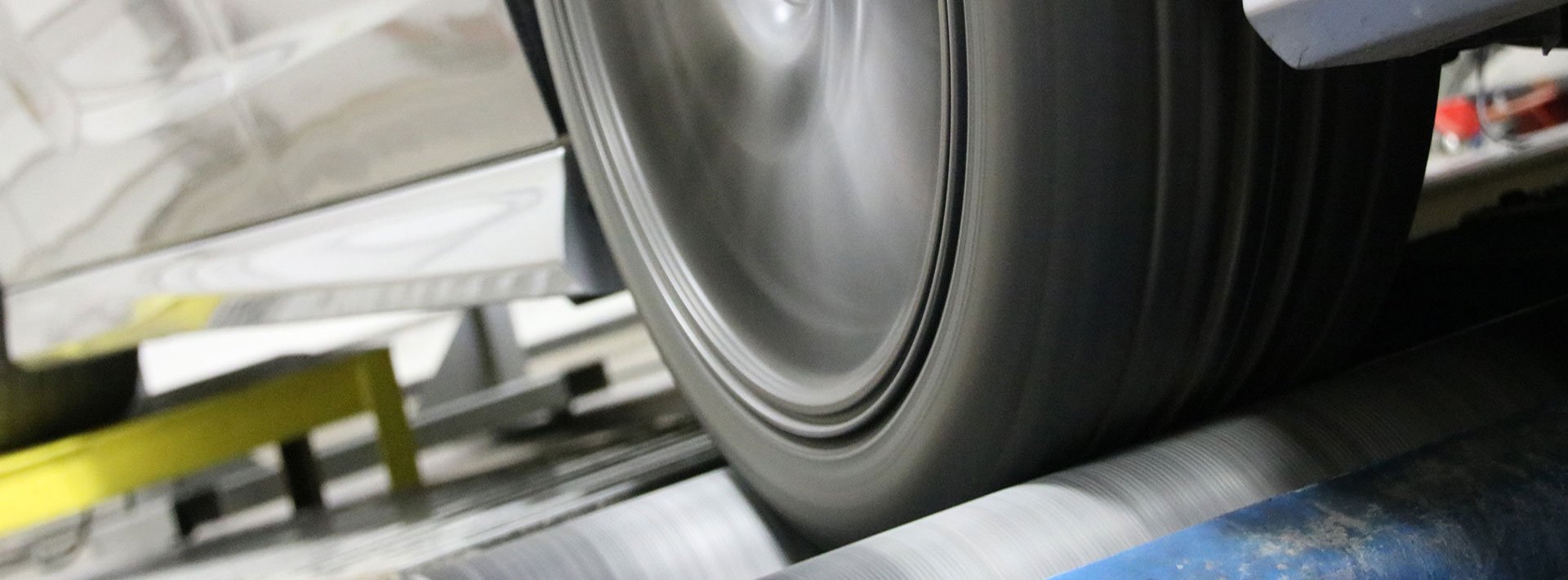ISO 3893 Truck Bus Wheel Rim Dimension Testing
The ISO 3893:1996 standard provides a comprehensive framework for testing wheel rim dimensions, particularly focusing on truck and bus wheels. This service ensures that the dimensions of wheel rims meet stringent international standards, which is critical for maintaining safety, performance, and compliance with regulatory requirements in the automotive sector.
The process involves precise measurement techniques to verify the diameter, width, offset, and other key parameters of the wheel rim. These measurements are crucial as they directly impact the vehicle's handling, braking efficiency, and overall stability. Failure to meet these dimensional specifications can lead to safety hazards such as improper tire fitting or uneven wear on the tires.
The testing procedure is designed to be rigorous yet efficient, ensuring that each wheel rim passes stringent acceptance criteria before being certified for use in trucks and buses. This includes not only the physical dimensions but also the tolerances allowed by ISO 3893:1996. The testing equipment used must have high precision to capture even minute deviations from standard specifications.
Quality managers, compliance officers, R&D engineers, and procurement professionals can benefit significantly from this service. They ensure that all components meet the highest quality standards before being integrated into vehicles, thereby enhancing overall product reliability and safety.
Scope and Methodology
The scope of ISO 3893:1996 wheel rim dimension testing encompasses a detailed inspection of various parameters that define the dimensions of truck and bus wheel rims. This includes:
- Diameter measurement
- Width verification
- Offset assessment
- Tolerance checks
The methodology involves using specialized measuring instruments such as calipers, micrometers, and laser scanners to obtain precise measurements. These tools are calibrated regularly to ensure accuracy and reliability.
The testing process begins with the preparation of the wheel rim samples according to standard procedures. Once prepared, each sample undergoes multiple checks against ISO 3893:1996 criteria. If any parameter fails to meet the specified standards, corrective actions are taken until all specifications are met.
Why Choose This Test
- Promotes Safety: Ensures that wheel rims do not deviate from standard dimensions which could compromise vehicle safety.
- Enhances Performance: Guarantees optimal performance of the wheels by maintaining consistent dimensions across all components.
- Achieves Compliance: Helps in meeting international standards and regulations, ensuring legal compliance for your products.
- Improves Quality: Provides a robust quality assurance process that enhances the overall quality of wheel rims used in trucks and buses.
The accuracy and reliability provided by this testing service are paramount in maintaining high standards within the automotive industry. By choosing ISO 3893:1996 wheel rim dimension testing, you ensure that your products meet the highest international standards, thus building trust with customers and stakeholders.
Use Cases and Application Examples
The application of ISO 3893:1996 wheel rim dimension testing is extensive within the automotive sector. It is particularly beneficial for manufacturers, suppliers, and quality assurance teams involved in:
- Truck manufacturing
- Bus assembly
- R&D projects focusing on vehicle safety and performance
- Regulatory compliance checks
In these contexts, the testing ensures that all wheel rims used meet precise dimensional standards. This is essential for vehicles operating in various conditions, from urban environments to harsh off-road terrains.
For instance, truck manufacturers can use this service to ensure that new models adhere strictly to ISO 3893:1996 specifications. Similarly, suppliers of wheel rims can leverage this testing to verify the quality and dimensions of their products before they are integrated into vehicles. R&D teams can also benefit by using this standardized process to evaluate new designs and materials for potential use in future vehicle models.





